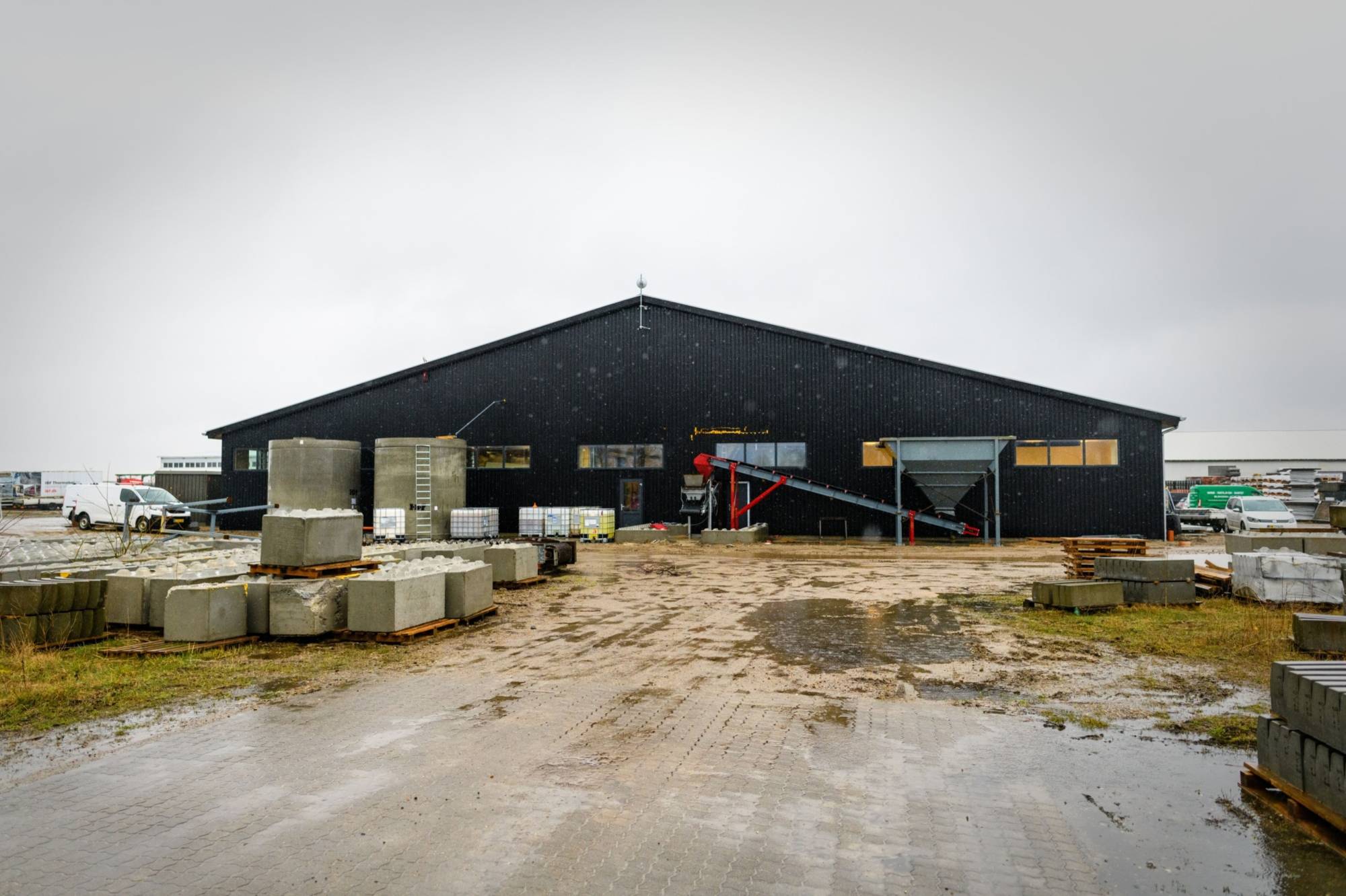In a rural part of Denmark, a cavernous warehouse holds vast vats of bacteria — what a transatlantic corporate partnership is hoping will be the solution to the cement industry’s huge emissions problem. Denmark’s concrete manufacturing giant IBF and U.S.-based startup Biomason together aim to show that a new kind of cement mix, based on naturally occurring phenomena, can avoid the huge energy requirements and high carbon dioxide emissions that have characterized cement production for centuries.
To achieve its strong, cohesive properties, traditional concrete has long relied on a type of cement called Portland, which uses limestone as a base. When that limestone is heated, carbon dioxide is released as a byproduct. Specific types of bacteria, in the right environment, can mimic the crucial properties of Portland cement, but with the carbon cycle reversed. The bacteria draw in carbon dioxide, then convert it into calcium carbonate.
This kind of chemical transformation is what allows coral reefs to grow and solidify underwater. And teams of biologists, technicians and engineers collaborating in Ikast, Denmark, and North Carolina plan to replicate that process — with a few tweaks. It’s essentially 3D printing with a biological base. This spring, the two companies intend to start cranking out industrial quantities of polished concrete tiles that will lock up carbon for the length of their product lifespans.



